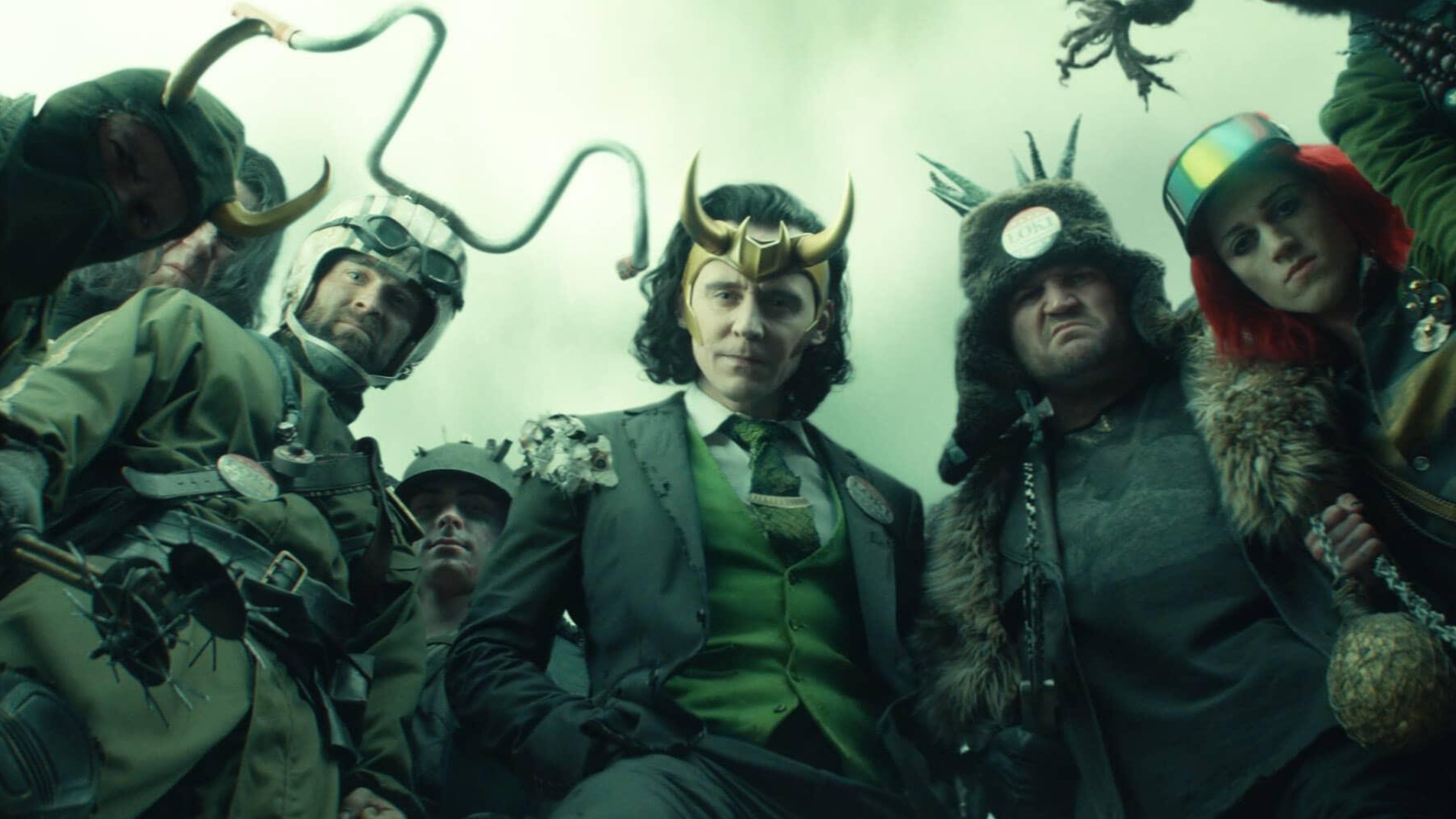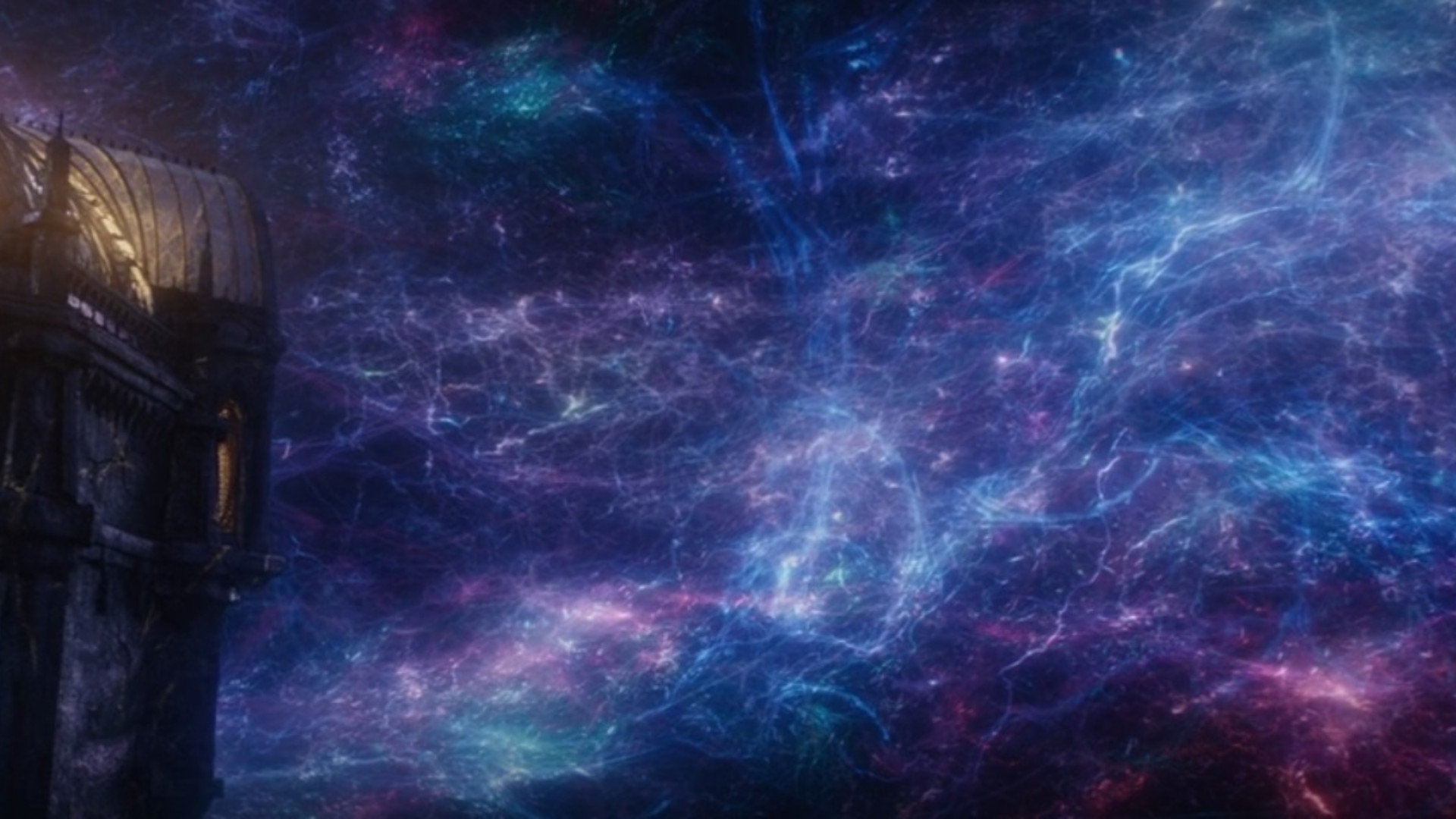Loki director fully explains the multiverse – and it could help us better understand the MCU's future
Loki director reveals multiverse details that weren't explained in the finale

Loki has opened up the multiverse. He Who Remains' demise has caused the once-isolated Sacred Timeline to fully branch off into different paths and, potentially, collide with other timelines.
But what exactly are the intricacies of the multiverse? Marvel Studios president Kevin Feige has laid down some ground rules behind closed doors – and now Loki director Kate Herron has explained step-by-step just how these alternate realities work in the MCU.
First, there are the branches. Herron tells Murphy's Multiverse that there is 'the alternative reality'.
"It's very subtle but in the very last shot where you see the multiverse, there's other bigger physical timeline branches. So, it's almost like these different separate trees that are now connecting," Herron explains. Basically, that's what causes Variants, only now on a bigger scale: Alligator Loki, Classic Loki, Sylvie, and so on. Here's how it looks in practice.

But that's all one timeline branching off. It's what they do next that's the key. Spoilers: it's about to get worse for the MCU.
"It's almost like a bridge," Herron continues. "If you imagine the branch, it is another reality. But if the branch extends beyond a certain point, it will then connect to other physical timelines." That probably looks like the tangled web of timelines we see outside the Citadel after He Who Remains' death.

What does that mean? In short, Marvel has a limitless future ahead of it.
Bringing all the latest movie news, features, and reviews to your inbox
If the MCU timeline (for the purposes of this explanation) 'A', it can split off into different flavors of reality where slightly-altered Variants exist. Maybe Tom Holland's Spider-Man (or Spider-Croc) saves Uncle Ben in one, or becomes Doctor Strange in another.
That's one aspect of the multiverse. It also sounds like one (or more) separate universes can also collide. They will likely feature larger, more obvious changes. A 'B' universe might be home to Tobey Maguire's Spider-Man and his universe of characters. If the two universes intersect, as shown by the fluctuations in the Loki finale, they can theoretically each appear in the same shared universe.
Confusing? Yes. But very, very exciting. In essence, everything and every possible story you can think of – from Deadpool, to Blade, to Marvel Zombies – is now given a greater degree of 'realism' thanks to the elastic band logic of the multiverse being able to stretch as far as possible.
There are still some discrepancies (why do the Lokis look so different if they're all part of the Sacred Timeline?), but we now have a greater understanding of the multiverse thanks to Herron.
TL;DR? Multiverse branches? Bad news for the MCU. Timeline connections? Even worse. But each are unified by being able to unlock more diverse, unique characters, stories, and the possibility of some incredible crossovers. X-Men vs. Avengers, anyone?
I'm the Senior Entertainment Writer here at GamesRadar+, focusing on news, features, and interviews with some of the biggest names in film and TV. On-site, you'll find me marveling at Marvel and providing analysis and room temperature takes on the newest films, Star Wars and, of course, anime. Outside of GR, I love getting lost in a good 100-hour JRPG, Warzone, and kicking back on the (virtual) field with Football Manager. My work has also been featured in OPM, FourFourTwo, and Game Revolution.



